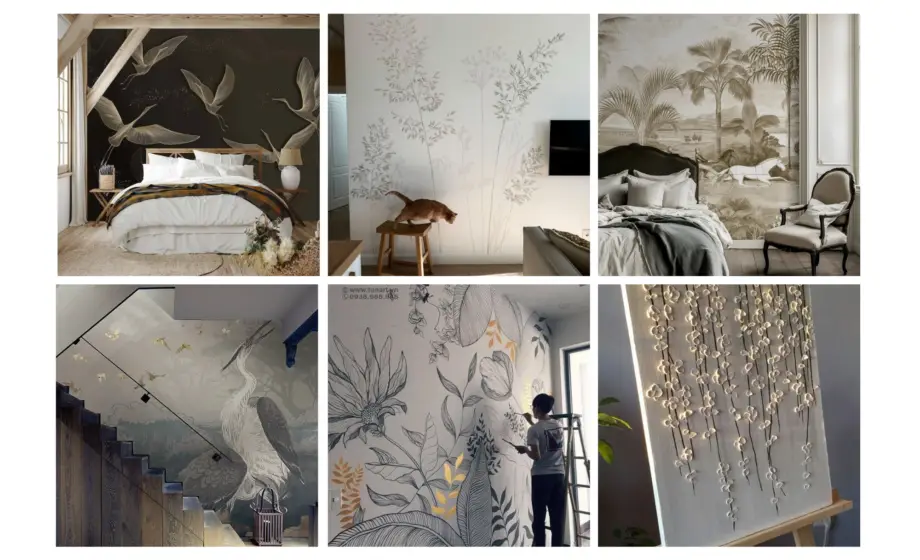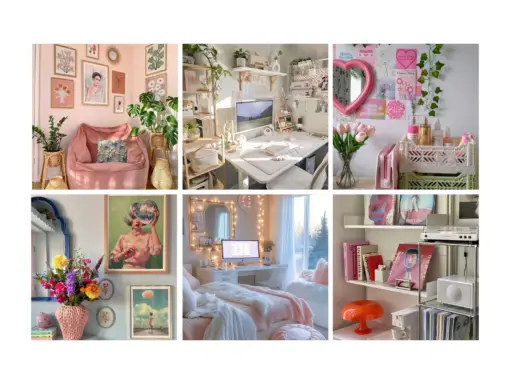Wall art is more than just decoration; it’s a powerful way to express your personality and enhance your living space. Choosing the right wall art can transform any room, making it feel more inviting and tailored to your taste. Whether you prefer bold and modern pieces or subtle and classic designs, there is something out there to suit every preference and style.
Exploring various types of wall art can help you find the perfect fit for your home. From paintings and photographs to wall decals and tapestries, the options are virtually endless. Understanding these different types allows you to make informed decisions that align with your aesthetic vision.
As you embark on your wall art journey, consider how to select, purchase, and care for your pieces. Paying attention to these aspects not only enhances the longevity of your art but also ensures that your choices reflect your identity and elevate your space.
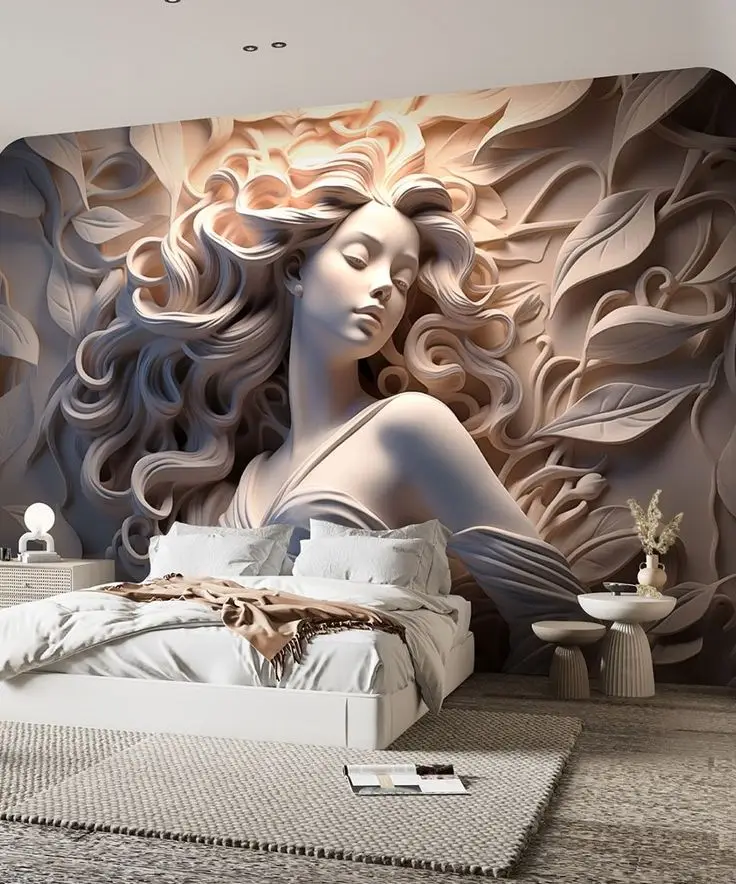
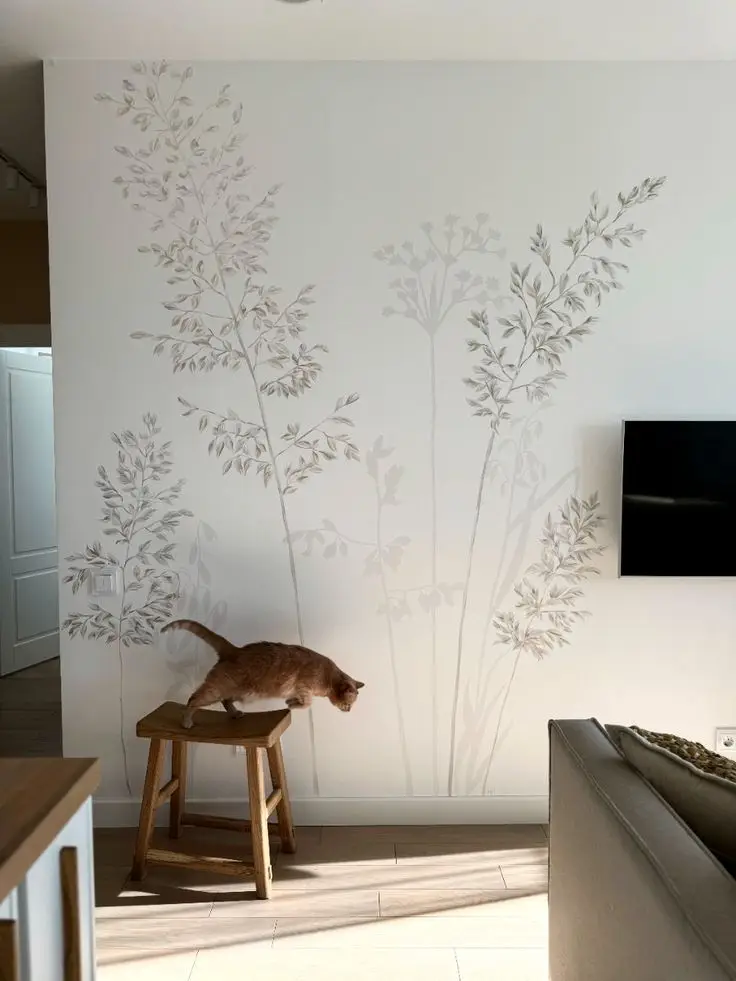
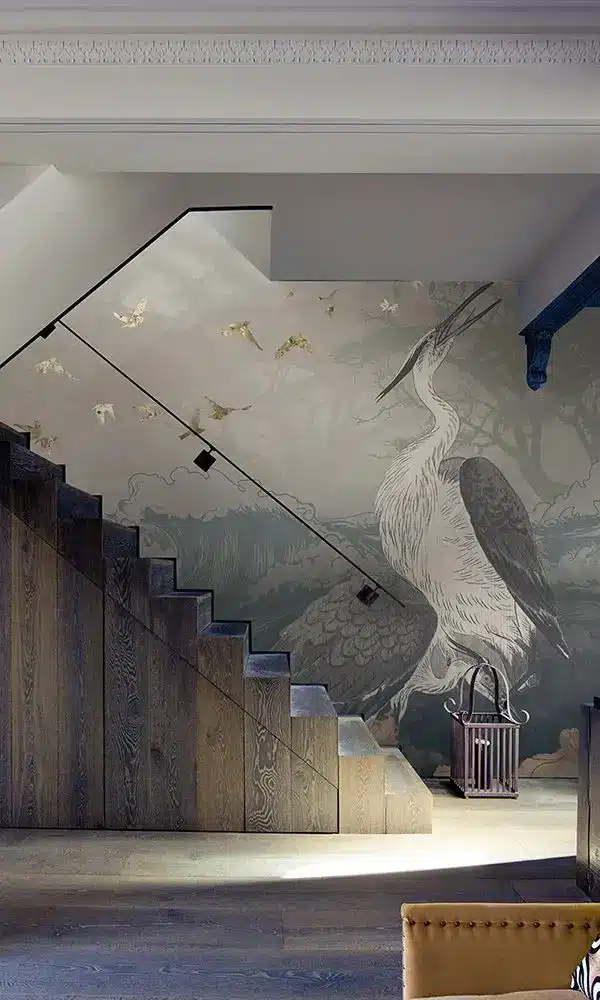
Key Takeaways
- Wall art design is crucial for personal expression in your home.
- Knowing different types of wall art can guide your selections.
- Proper care and maintenance enhance the life of your art purchases.
Understanding Wall Art
Wall art serves as an essential component in interior design, offering a unique means to express individuality and style. It encompasses various forms and styles, allowing for personal preferences and themes to shine through in any space.
History and Evolution
Wall art dates back to ancient civilizations, where murals adorned the walls of caves and temples. The Renaissance period marked a significant evolution, with artists like Michelangelo and Raphael creating large-scale frescoes that conveyed religious themes.
In the 20th century, the scene shifted dramatically. The advent of modern art allowed for abstract interpretations, with artists like Jackson Pollock and Andy Warhol challenging traditional aesthetics. Today, wall art includes everything from digital prints to traditional canvases, adapting to contemporary tastes while still honoring its historical roots.
Different Art Styles
Several distinct art styles contribute to the broad spectrum of wall art. Traditional styles often showcase realistic depictions, landscapes, and portraits. These create a timeless appeal, often found in classic homes.
In contrast, modern and abstract styles embrace bold colors and unconventional shapes, offering a fresh perspective. Techniques like mixed media and collage have gained popularity, merging various textures and materials.
Common types of wall art include:
- Framed prints: These can be classic reproductions or contemporary photography.
- Canvas art: Often creates a 3D effect that adds depth to the room.
- Murals and stencils: Large-scale designs that transform entire walls.
Selecting a style that resonates with you can enhance your space dramatically.
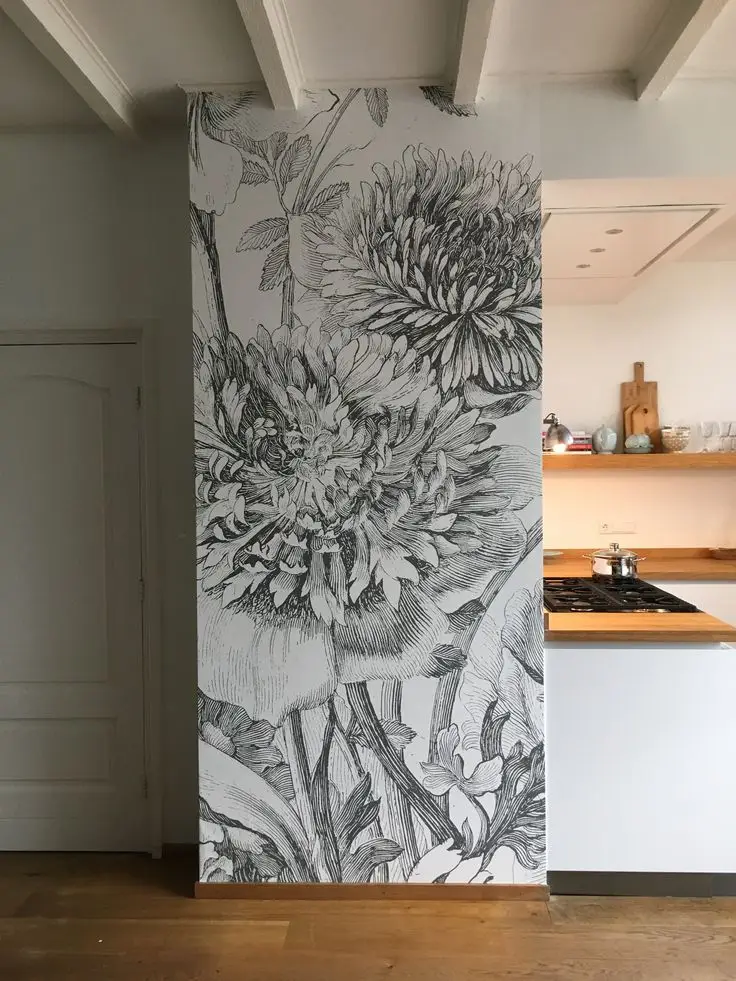
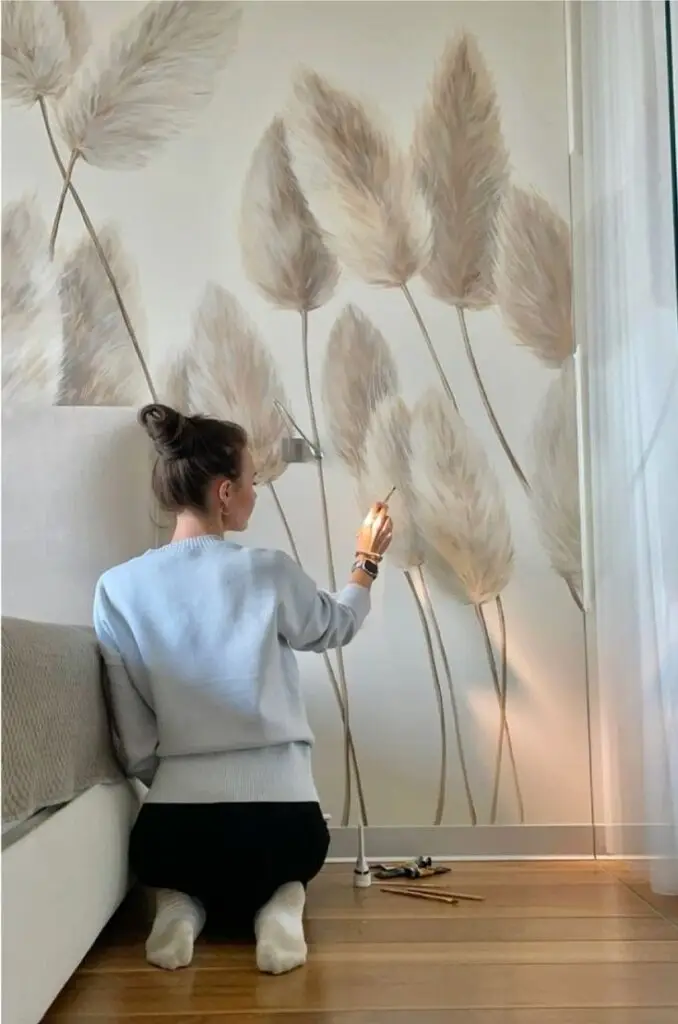
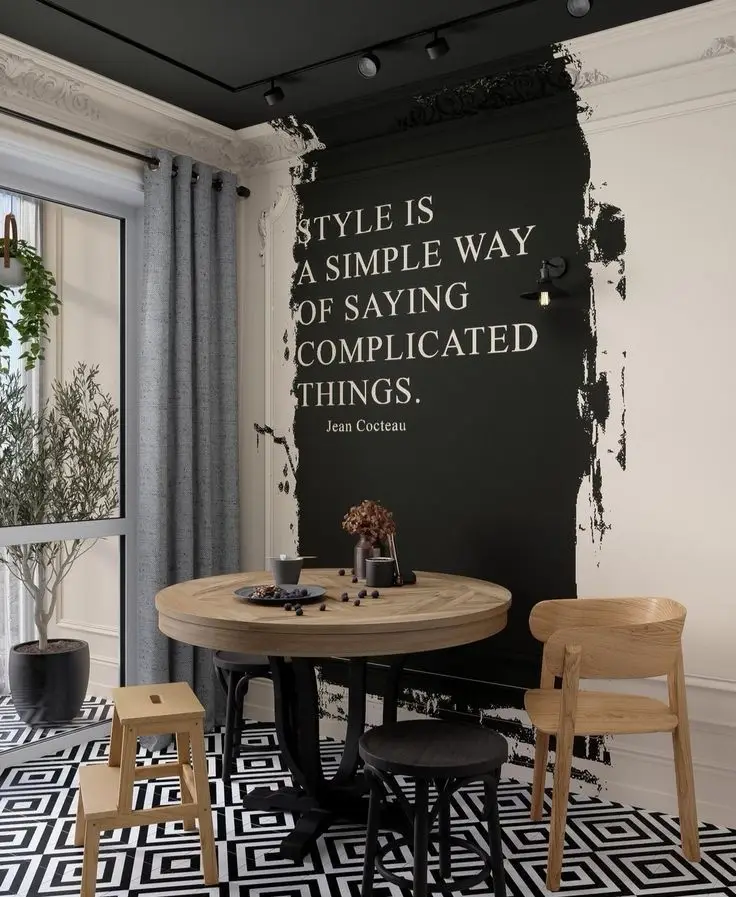
Types of Wall Art
When selecting wall art, you have various options, each with unique characteristics. Different styles and materials can enhance your space in distinct ways, making it essential to choose what best fits your aesthetic.
Art Prints and Posters
Art prints and posters are accessible and versatile. They can feature famous artworks, original designs, or photographs. The quality of prints can vary, with options like giclée prints offering archival quality and vivid colors.
Common sizes include 12×18 inches or 24×36 inches, allowing for easy framing. You can choose from matte or glossy finishes, depending on your decor. Posters are often less expensive, making them a popular choice for temporary displays.
Canvas Art
Canvas art provides a modern and sophisticated look. Typically, it consists of high-quality canvas stretched over wooden frames, offering depth and texture. This style can elevate a space by mimicking the appearance of an original painting.
Canvas prints are available in various sizes and can be custom printed to fit your needs. They are also lightweight and easy to hang. Since they don’t require glass frames, canvas art allows for a more casual presentation while maintaining elegance.
Metal Prints
Metal prints are a contemporary option that combines durability and modern aesthetics. Made from high-quality aluminum, these prints give a sleek look with vibrant colors and sharp details.
The surface is often treated to resist scratches and moisture, making them suitable for various environments, including kitchens or bathrooms. Metal prints can come in different finishes, such as satin or high-gloss, impacting the visual appeal. Consider them for a striking focal point in your room.
Custom Wall Art
Custom wall art is tailored to your specific tastes and space requirements. You can choose the subject matter, size, and style to create a piece that resonates with you personally. This could include personalized illustrations, family portraits, or even typography art.
Creating custom pieces offers the unique benefit of incorporating sentimental themes or colors that match your decor. Many artists and online services provide this option, allowing for collaboration on design. The result is a personal touch that mass-produced art often lacks.
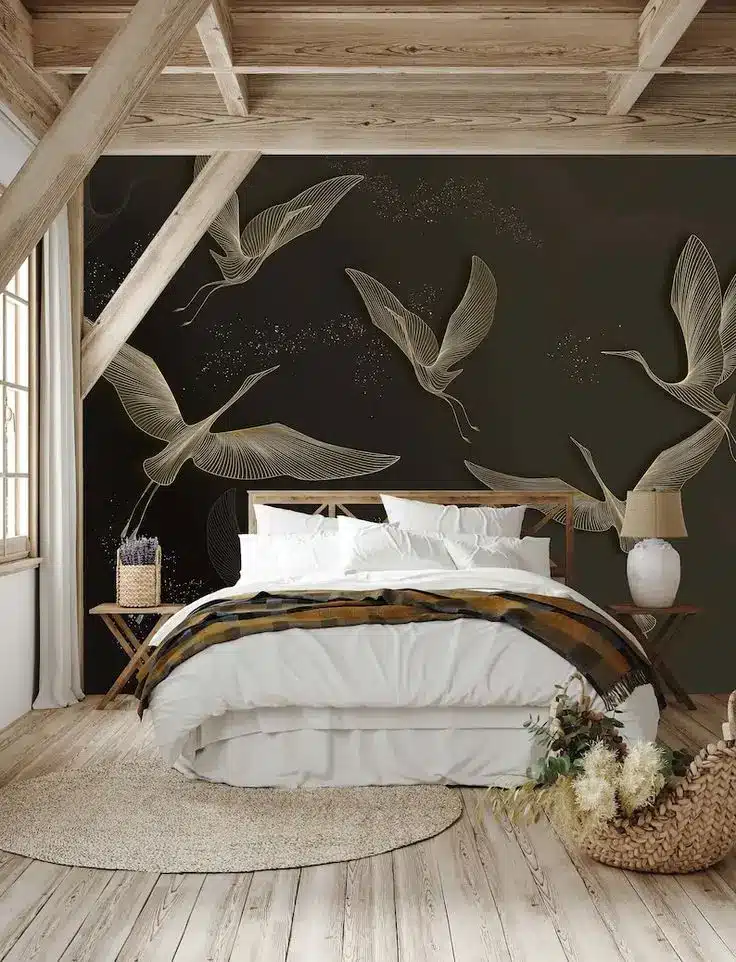
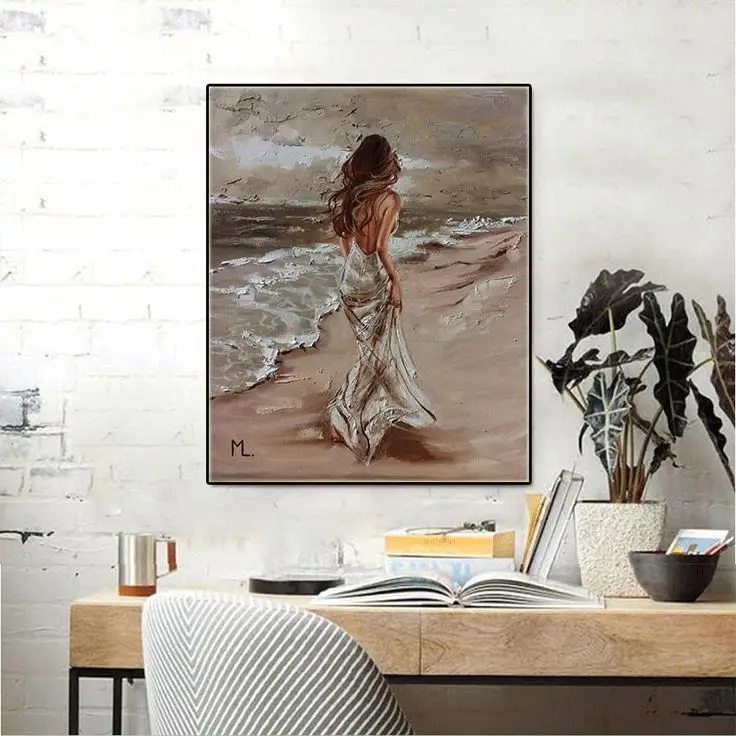
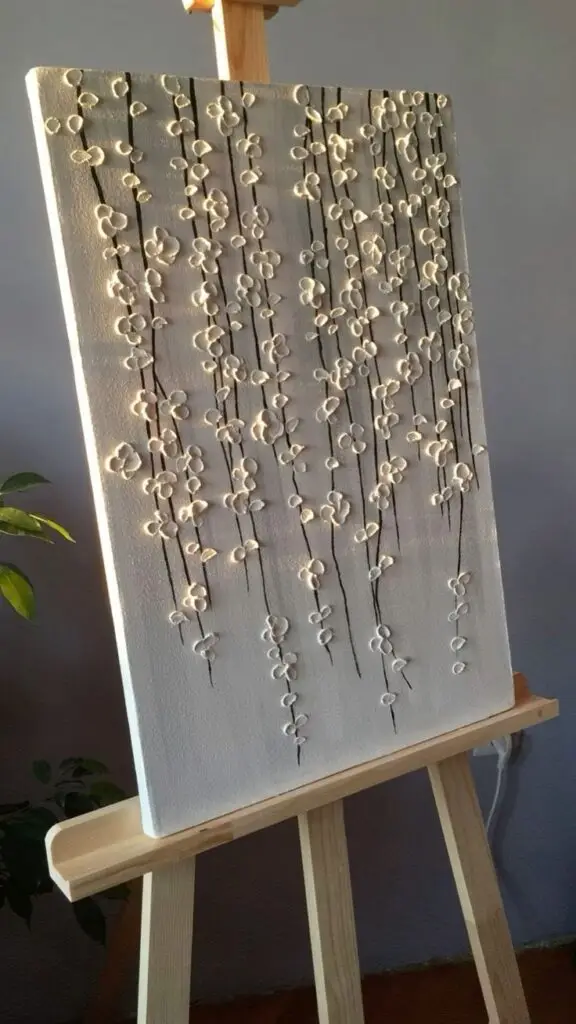
Selecting the Right Wall Art
Choosing the right wall art is essential for enhancing your space. Consider factors such as size, color, and personal style to create a cohesive look in your room.
Size and Orientation
The size of your wall art greatly impacts the overall feel of a room. Oversized pieces can serve as bold focal points, while smaller artworks create a more intimate atmosphere.
When selecting art, think about the wall dimensions. For a large wall, consider using large or oversized art to fill the space effectively.
For smaller areas, medium or mini pieces can bring charm without overwhelming the environment. Orientation also matters; portrait or landscape formats can align better with the wall shape and furniture layout.
Color Theory in Decor
Color plays a vital role in the visual appeal of wall art. Utilizing a color palette that complements your existing decor enhances harmony.
For example, if your room features a lot of white and gray, incorporating artwork with blue or green accents can add warmth and contrast.
Alternatively, use pink or black to create striking contrasts. When you choose art, consider colors that evoke the desired mood, whether it’s calming or energizing.
Incorporating Personal Style
Your wall art should reflect your personal style and interests. This is an opportunity to express yourself through various art forms.
Consider themes that resonate with you—like nature-inspired landscape pieces or abstract works featuring circles or geometric shapes.
Incorporate meaningful items, perhaps a bee print if you’re an insect enthusiast, alongside other art styles. Arranging different dimensions, such as square or panoramic, can enhance visual interest and tell your unique story.

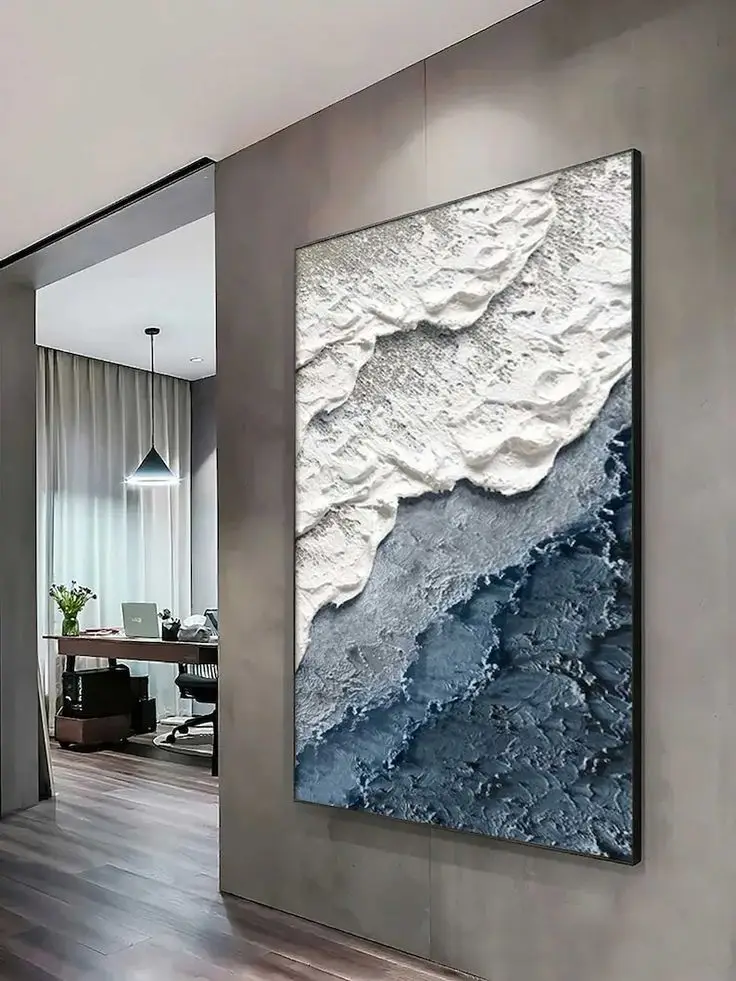
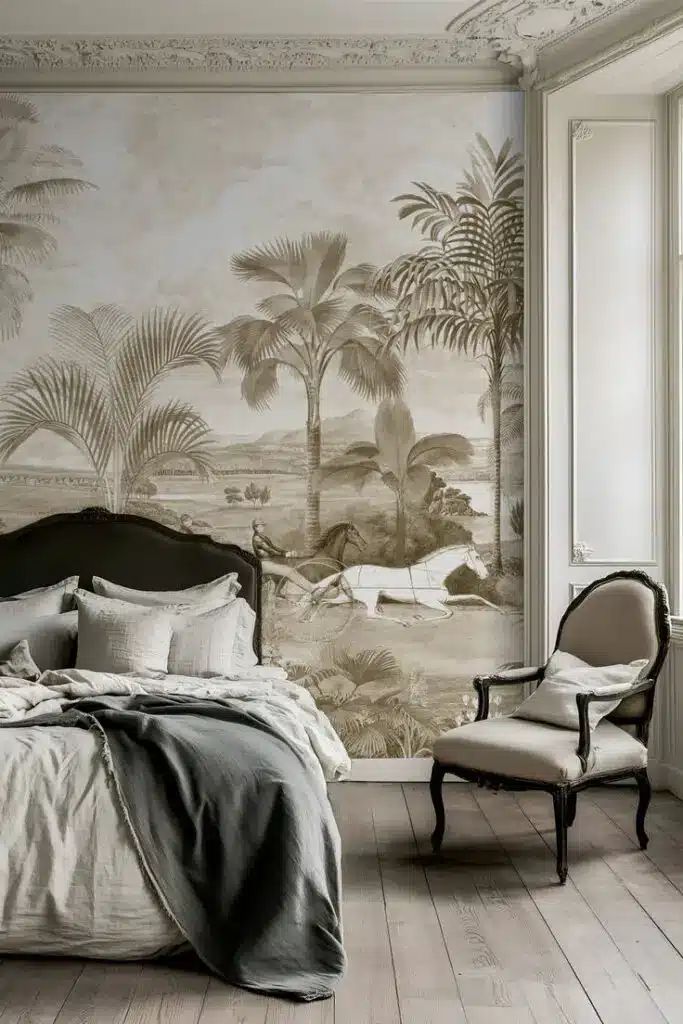
Purchasing and Caring for Wall Art
When purchasing wall art, it’s essential to focus on quality, the delivery process, and how to maintain the artwork to preserve its beauty. A thoughtful approach will ensure your pieces remain a highlight of your home decor for years to come.
Ensuring Quality and Craftsmanship
When selecting wall art, examine the craftsmanship. Look for pieces that utilize archival inks, which resist fading and maintain vibrant colors over time. Check if the artwork is framed properly, ensuring it has a protective glass cover to safeguard against dust and damage.
Evaluate the materials used in the artwork, such as canvas, paper, or wood. High-quality materials enhance durability, while lower-quality options may deteriorate quickly. Read customer reviews to understand the experiences of others regarding the quality of the artist or manufacturer.
Delivery and Shipping Options
Choose a vendor that offers reliable delivery and shipping options, as this impacts the condition of your artwork upon arrival. Look for special offers that include free or discounted shipping to save costs. Confirm that the seller provides tracking information for your order.
Inquire about packaging methods. Artworks should be securely wrapped and cushioned to prevent damage during transit. Some companies offer white-glove delivery services for high-value items, ensuring careful handling. Always inspect your art upon delivery for any damages and report them immediately.
Maintenance and Longevity
Maintaining your wall art is crucial for longevity. Regularly dust the surface with a soft, dry cloth to prevent dirt buildup. Avoid using harsh chemicals or abrasive materials that can damage the piece.
If your artwork is framed, ensure it is hung in areas away from direct sunlight to minimize fading. For non-framed pieces, consider using UV-protective glass if you plan to frame them later. Keep artwork in a stable environment regarding temperature and humidity to prevent warping and discoloration.


